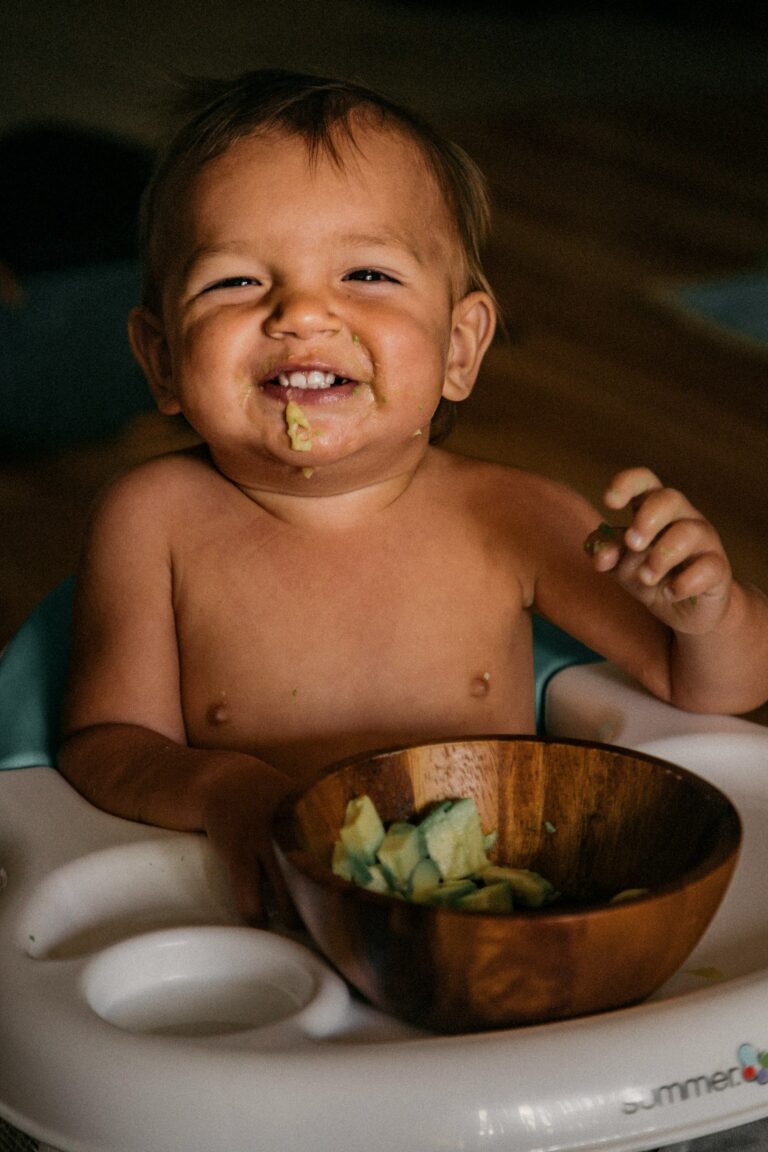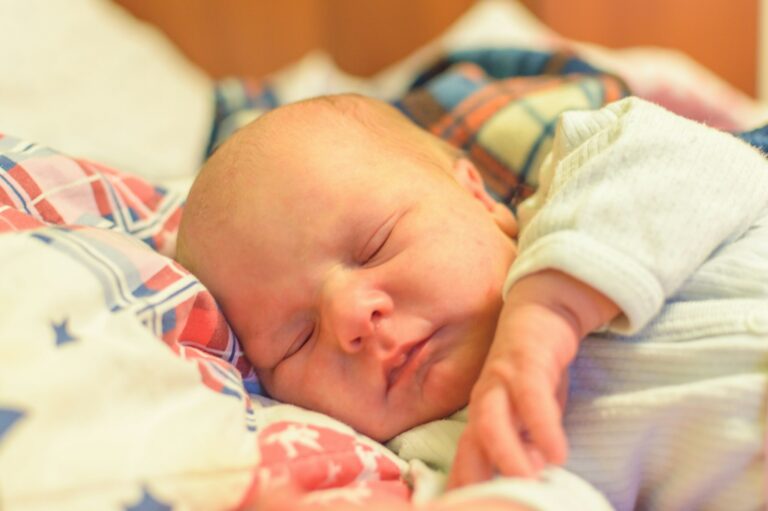The very first sight of those dry, itchy patches on your little one’s soft skin can make any parent’s heart skip a beat. Baby eczema—it arrives quietly, sometimes as early as the first months, transforming simple routines into a daily quest for comfort. You may wonder: Is it the soap, the detergent, the air, or something deeper, like genetics? Sleepless nights, endless scratching, and the ever-present search for relief—such challenges can feel overwhelming. But knowledge, gentleness, and patience form the basis of a soothing routine, shaping tiny victories every day. Here, evidence-based advice, empathetic guidance, and the wisdom of both science and experience converge, offering clarity in the turmoil. What are the real signs, how can patterns and triggers be decoded, and what should a healthy routine genuinely look like for a baby facing baby eczema? Let us explore the multiple layers, with each answer designed to support and empower, never overwhelm.
What is baby eczema? Understanding atopic dermatitis in infants
Picture soft cheeks turning rough, tiny scalps becoming scaly—baby eczema, or infantile atopic dermatitis, has a distinctive way of revealing itself. This chronic skin condition affects up to 20% of infants, most often surfacing before their first birthday, sometimes even by six months. The core of baby eczema lies in the skin barrier—essentially the shield that keeps moisture locked in and irritants out. When genes (particularly those influencing proteins like filaggrin) affect this barrier, or when the immature immune system overreacts to harmless substances, the perfect storm is set.
With baby eczema, you’ll notice dry, itchy, inflamed, and sometimes bumpy patches. On fair skin, these can look red; on darker skin, purple, brown, or ashen grey—sometimes mistaken for something entirely different. Classic areas? Cheeks, forehead, scalp, neck folds, and later behind knees and elbows; but rarely in the diaper region. What makes it even more perplexing is the burstiness—symptoms can wax and wane, flaring up with surprising intensity, then calming, only to reappear.
Recognising the symptoms: What should parents look for?
When it comes to baby eczema, vigilance is a parent’s great ally. The first signs? Often dryness, thick suede-like texture, or faint blisters. Babies—unable to resist—scratch, and that itching can become relentless. Sometimes you’ll spot yellowish crusting; a red flag for possible infection. Many children with baby eczema struggle with disturbed sleep—irritability in the day, restlessness at night. These are not just occasional troubles: up to 80% of babies with eczema experience regular sleep disruptions due to incessant itching. Now, pause—does any rash around the diaper count? Unlike diaper rash, baby eczema typically spares this particular area.
Exploring causes and risk factors: Genes, triggers, and the environment
The puzzle pieces of baby eczema begin with genetics. If someone in the family has eczema, asthma, or hay fever, the odds climb higher. Mutations—especially in the filaggrin gene—make the skin barrier fragile. But environment refuses to be left behind; dust, mites, pollen, pet hair, detergents, even shifting weather patterns or the texture of wool can tip the balance. Some babies are just more sensitive—their immune system, still learning friend from foe, reacts dramatically to innocuous substances, leading to chronic inflammation.
Babies’ skin, by nature, is thin and less capable of retaining moisture. It’s not just genetics and environment at play: certain foods like milk, eggs, peanuts, wheat might trigger flares, particularly if there’s an allergy background in the family tree. Most baby eczema cases aren’t caused by these foods but when skin and digestion both seem upset, consultation is wise. Interestingly, stress—yes, even in babies—can worsen itching, sparking a loop of scratching and inflammation that quickly escalates.
Types of baby eczema: Atopic, contact, and more
The phrase “baby eczema” covers several presentations, though atopic dermatitis is by far the most common: itchy, inflamed, always persistent. Contact dermatitis, meanwhile, stays local—think of an angry red patch exactly where a harsh cleaner touched the arm. Seborrheic dermatitis—often recognised as “cradle cap”—is less itchy, mostly greasy, flaky scales across the scalp or behind the ears. Though severe in appearance, this one usually doesn’t bother babies too much. Rarer variants, such as dyshidrotic eczema (tiny blisters), are infrequent in infants but important to be aware of.
It’s vital to remember how skin colour alters appearance. On darker complexions, baby eczema may take on a purplish-brown tone, blending subtly, making detection trickier—persistent dryness and roughness are the signature. The diversity of appearance is immense but the constant is discomfort and relentless itching.
Diagnosing baby eczema: Tests, observation, and differentiation
Diagnosis is largely clinical—visual examination by a healthcare professional, paired with a detailed family and medical history. Most times, this suffices. Allergy testing comes into play only when symptoms are unusual or unresponsive. Blood tests? Rarely, unless something truly doesn’t fit the usual pattern. Other rashes—how do they differ? Acne brings non-itchy pimples; cradle cap is more about oily flakes; diaper rash sticks to the nappy zone. Eczema’s hallmarks? Chronic dryness, itching, irregular borders.
Caring for baby eczema: Routines, medical management, and daily tips
Bathing and cleansing
A daily or alternate-day lukewarm bath (not hot!) is foundational. Limit it to 5–10 minutes. Choose mild, fragrance-free cleansers; avoid the classic soap. It’s not about scrubbing—it’s about a soft touch, a gentle pat dry, leaving a trace of moisture for the next step.
Moisturizing—hydration as therapy
Right after a bath and at least twice daily, apply a rich, emollient cream—ideal if it contains ceramides or colloidal oatmeal. This locks in water, soothes irritation, and maintains the skin’s delicate barrier. Pay extra attention after every wash, during dry weather, or if the air conditioning is running—the sensation of relief can be immediate.
Medical treatments
In some moments, standard routines aren’t enough. Low-potency corticosteroids (like 1% hydrocortisone) come into play for moderate flares, reducing redness and stopping itch in its tracks. Used as advised, they are safe—even in babies. Long-term or severe cases might need prescription creams, oral medication, or even immunomodulators—but that always follows a professional review. Infections? Oozing, crusting, fever—these moments call for antibiotics, never delay.
Exploring alternative and supportive approaches
Some parents find comfort in colloidal oatmeal baths or gentle oil compresses (such as virgin coconut oil). Before embracing any homemade solution, especially with highly sensitive skin, it’s smart to get a healthcare opinion. Extreme cases might lean on special therapies: wet wrap dressing, diluted bleach baths, or specialized light therapy—used strictly under expert supervision.
Preventing flare-ups and managing triggers
Observant parents—those who maintain a symptom diary—often spot links others would miss: was it the detergent used last Sunday, the new food, or the weather turning suddenly dry? Jotting down flares and possible culprits clarifies the mystery over time.
Around the home, soft cotton clothing wins over wool or polyester. Hypoallergenic laundry detergents—no dyes, no perfumes—help prevent skin distress. Skip fabric softeners and opt for multiple rinses—the goal is a residue-free environment. A humidifier helps keep air moist, reducing the risk of dryness that can prompt a baby eczema flare.
Diet? If formula or a new food seems connected to rashes, don’t rush to eliminate everything—consult before any big dietary change. Especially for babies under one year and breastfeeding mothers, professional guidance matters. Sometimes, assumptions about food allergies may miss other more common triggers.
Complications, long-term outlook, and support for families
Scratching that goes unchecked may result in skin thickening, changes in colour, or infection—the latter being especially concerning when accompanied by fever. Children with baby eczema are more likely to encounter allergic conditions later—asthma, hay fever, food allergy—a phenomenon doctors refer to as the “atopic march”.
Families can find life substantially disrupted; sleep deprivation and the emotional toll aren’t minor. Consistency, support, and informed routines turn the tide—both for comfort and for emotional well-being. Caregivers, from relatives to daycare staff, should be aligned in daily care routines, ensuring continuity and fewer surprises for the child.
And what about myths? Eczema has nothing to do with poor hygiene, is not infectious (no risk to siblings), and topical steroids—when used exactly as prescribed—are medicines, not villains. Many children outgrow the worst of baby eczema, though some continue with sensitive or dry skin. The journey is unique, but relief and confidence are always possible.
Building supportive and gentle routines
Short nails, playful mittens, distraction techniques, gentle baths, and lots of patience—these seemingly small details create a haven for a baby with eczema. Sharing routines with all caregivers, whether it’s a grandparent or a teacher, prevents missteps. For parents, self-care and seeking advice or community support isn’t a luxury—it’s a necessity.
Key Takeaways
- Baby eczema affects a significant number of infants, often tracing back to genetics and environmental influences.
- Look for early signs—dry, rough, or inflamed patches, particularly on the cheeks, scalp, elbows, or knees—while watching for less obvious presentations on darker skin tones.
- Focus on daily gentle care: lukewarm baths, fragrance-free emollients, and vigilant avoidance of irritants (detergents, perfumes, rough fabrics).
- Topical therapies, under medical guidance, offer safe and effective relief even for babies—do not hesitate to consider them when flare-ups resist routine care.
- A symptom diary, environmental adjustments, and consistent family routines reduce both skin problems and stress for the entire household.
- Remember—support is close at hand. Many babies outgrow baby eczema, and guidance is always available, whether from doctors, therapists, or trusted digital resources. For tailored advice and free health checklists, download the application Heloa.
Questions Parents Ask
Can teething make baby eczema worse?
It’s quite common for parents to worry if teething is the culprit behind worsening baby eczema. Teething itself doesn’t directly spark eczema, but the increased drooling during this phase may irritate sensitive skin, especially around the mouth and chin. Dabbing away drool regularly and applying a mild, fragrance-free moisturizer can ease this discomfort. Notice more severe symptoms or visible sores? A word with the paediatrician is the wisest route.
Is there a link between baby eczema and food allergies?
Curiosity about ties between baby eczema and food allergies is understandable. While infants with eczema do have a greater risk of developing allergies (such as to cow’s milk, eggs, peanuts), it’s rare for food to be the direct cause. Should a skin flare appear immediately after introducing a new food—or if digestive upset is present alongside the rash—it’s wise to consult with a paediatrician about further steps or possible testing.
What laundry products are safest for babies with eczema?
A common parental concern, and for good reason: skin already primed to react needs all the kindness it can get. Opting for fragrance-free and dye-free detergents, skipping fabric softeners and dryer sheets, and always running an extra rinse cycle helps keep clothing baby-friendly. These little habits form a protective cocoon, minimising day-to-day irritations and keeping baby eczema from spoiling your child’s comfort.
Further reading:









